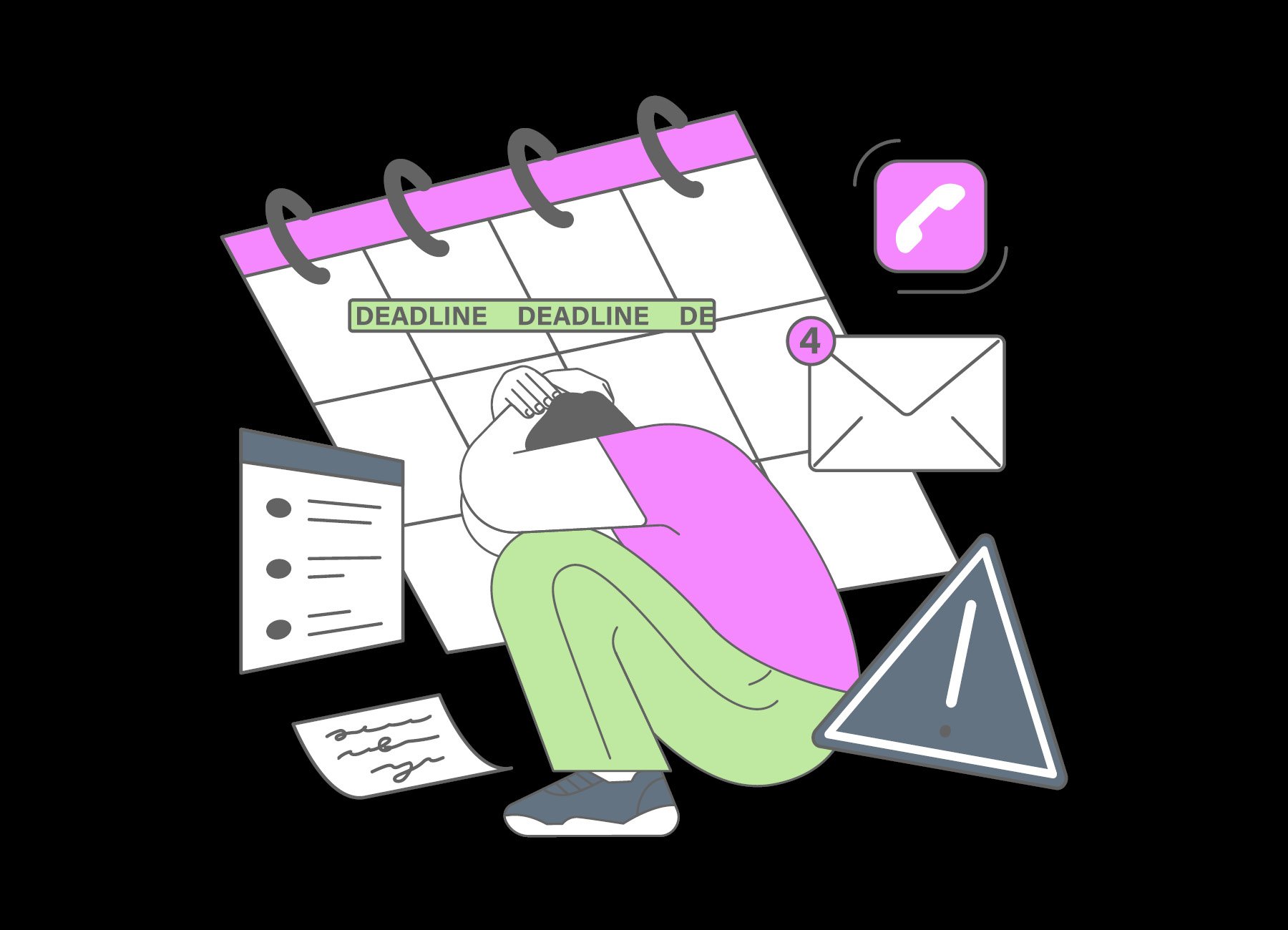How to find peace and fulfillment at work

The first thing I’d like you to know: If you are feeling more tired, more overwhelmed, more bored or less motivated than you felt in the past, you are not bad or stupid or lazy. You are also not alone.
I have spoken to over 77,000 people around the world. The three most common phrases I hear from leaders are:
• I used to be motivated by ticking things off my to-do list, but somewhere along the way, I lost my mojo. I’m not sure who I am or why I’m doing what I’m doing anymore.
• I’m so tired and so overwhelmed but also so bored with work.
• I feel like I’m always busy, but I never get anything important done.

If you are feeling more tired, more overwhelmed, more bored or less motivated than you felt in the past, you are not bad or stupid or lazy.
These leaders report to me that their typical day looks something like this:
Wake up, drink coffee, look at calendar, feel tired, check emails, feel overwhelmed, attend a meeting, put out a fire, attend a meeting, put out a fire, answer 2.5 of 78 new emails, deal with a people issue that could be an opportunity but just feels like another fire to put out, feel exhausted, crave a vodka or a wine at 2.45pm, attend a meeting, look at missed calls, eat sugar, scroll phone, get home, drink wine, deal with loved ones, drink more wine, watch Netflix, go to bed, scroll phone, sleep fitfully, wake up tired, check email … then rinse, lather and repeat the next day.
Perhaps you’ve had similar thoughts or similar days? Perhaps your work weeks are more full of days like this than you would prefer?
Trapped in the old ways
The second thing I’d like you to know: It’s not supposed to be this way. There is a relatively easy and surprisingly enjoyable fix to what can seem like an epidemic of exhaustion and a dearth of fulfillment. But it’s going to require you to change your mind … quite literally.
The problem is that many leaders are trapped in an old way of working that no longer works, and an old way of thinking that convinces us that the old way of working is the only way of working.
This is why most executives I speak to or coach say they feel like a cross between a hamster on a wheel, a rat on a treadmill, a dog chasing its tail and a chicken with no head. They’re racing around and squawking a lot with little sense of direction and no end in sight. And amid all the racing and the squawking, the goalposts keep being moved and shiny new transformation projects keep being introduced.
No wonder we’re tired.
The old ways of working are based in hustle, grind, fear and competition. To quote a director I overheard recently: "I see work the same way as cannibalism. You need to get to the table first so you don’t get eaten."
The old ways of working are also firmly situated in the left hemisphere of the brain (the left amygdala, hippocampus and frontal lobe in particular). These parts of the brain are about slicing and dicing data and keeping us safe by working out what could go wrong. Great for risk analysis, not ideal for working creatively and enjoyably. The right brain, on the other hand, is built for creativity, innovation and seeing change as an opportunity not a threat.
The old ways of working are based in hustle, grind, fear and competition.
Left-brained approaches to work are the reasons why most leaders I know are stuck in back-to-back meetings all day, then come home to chip away at a seemingly never-ending to-do list. They’re the reason most of the items on that list feel like frustrating must-dos rather than exciting get-to-dos.
(Just for a moment, imagine a to-do list full of items that make you think excitedly "Oh! I get to do this today!" This will give you a hint of what a wild new way of working feels like at least 80 percent of the time).
Here’s an interesting fact about the left hemisphere of your brain. It is unaware of your right hemisphere and its access to creativity, intuition, curiosity and serendipity. Your right brain, in contrast, is perfectly aware of your left hemisphere and can use it as and when necessary.
If you are stuck in a way of working that feels competitive, stressful, time poor and stuck in the weeds, you are likely using your left brain much of the time. If you are using your left brain much of the time, you are likely forgetting that you can work in a way that feels peaceful, creative, curious and time-rich.
Use your whole brain
What’s the solution? How do we let go of the hustle and overwhelm and move toward peace and creativity? The quickest path to wild new ways of working is to learn to use your whole brain. This takes courage and discipline.
I’m not talking about the courage and discipline to keep running on a hamster wheel that long ago ceased to provide a sense of purpose or fulfillment. If you’re anything like most of the leaders I speak to, you’ve drawn down on this kind of courage and discipline, and you’re close to running on empty.
A whole-brained approach requires a different kind of courage and discipline. It’s the courage to pause, and the discipline to stop yourself madly ticking off items on your to-do list, scrolling on your phone, putting out urgent fires or rushing to your next meeting.
When you’re in left brain mode, constant productivity feels like the only way to stay safe. Because of this, pausing can feel not only unfamiliar but terrifying. This is a normal response to being asked to pause after long periods of stress, overwhelm or exhaustion. Take a breath, remind yourself that it’s safe to stop for a few minutes, and – when you’re ready – try this on for size:
Take a deep breath. Feel your feet on the ground. Take another deep breath in and let your breath out as noisily as you can get away with, ideally through your mouth. Drop your shoulders. Relax your belly (your left brain may tell you it’s too wobbly to relax. Ignore that thought and relax it anyway).
A whole-brained approach requires a different kind of courage and discipline.
Now, with your eyes closed, breathe in for four counts, hold your breath for four counts, breathe out for four counts, and hold your breath for four counts. This is called box breathing: in for four, hold for four, out for four, hold for four.
Complete three rounds of box breathing with your eyes closed. When you open your eyes, rather than focusing sharply on something, open them with a soft and blurry gaze. If you feel a sense of peace after doing this short exercise, you’re likely in alpha brainwaves – these are the brainwaves associated with being in a whole-brained state.
From this place, and ideally with a notebook in front of you and pen in hand, you can ask yourself four potent questions:
What would I do if I wasn’t afraid?
If the sky was the limit, what would I want work to look and feel like?
What would I stop doing at work?
What would I do differently at work?
Look at your answers. Then ask yourself a fifth question: What tiny, baby steps could I take this week to move me in this direction?
Five tips to find peace
I have been asking myself these five questions for 15 years. Here are my tips for working in a more peaceful, more fulfilling but just as productive way:
1. Take balcony time
Set a non-negotiable meeting with yourself at the start of each day before you open your emails. If you have a long-term dream or vision, this is the time to review it. Get clear on your three Ps: what would make the day ahead purposeful, playful and peaceful? Wherever you can (and most people have more ability to do this than they realize), say no to the things that don't align with your three Ps.
2. Attend meetings only if they’re of value
If you can add or gain value from a meeting, go. If you can’t, decline the invitation. If you must go, do what you can to make the meeting a valuable use of your time.
There is power in pausing. There is genius in resting. Stop denying yourself one of the best ways to lift your performance.
3. Choose bright over beige
Boring meetings held in beige rooms do not have to be the norm. I brainstorm online programs on a beanbag, coach clients while walking and hold strategic meetings with my Oyster Sisters co-founders in a sauna. The norm has left us feeling downtrodden. You have the power to buck the norm: use it well.
4. Always ask why
Before doing any work, ask ‘Why am I doing this?’ If you’re unclear on the purpose, get clear. If there is no discernible purpose, either question or discard the work. Too many people are producing work that never gets read or never gains traction.
5. Take time to do very little
Give yourself permission to have a nap, go for a walk or take a break when you need to. There is a reason our best ideas come in bed, in the bath or on the bus: The right solution or decision tends to occur to us when our mind is quiet and our body relaxed. There is power in pausing. There is genius in resting. Stop denying yourself one of the best ways to lift your performance.